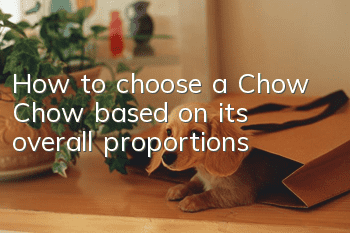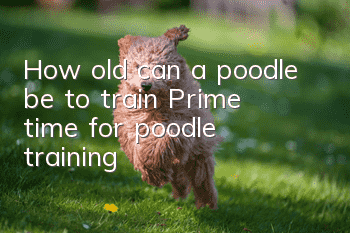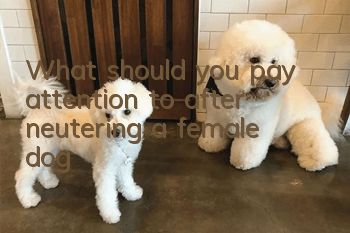How to choose a Chow Chow based on its overall proportions

The AKC officially recognized the breed in 1903, and in 1906 the American Chow Chow Club was agreed to be established as one of the member clubs of the AKC. Today it has become a fairly established breed in the United States.
Overall proportion:
The today's large head relative to the body was not so obvious in the 1820s. At that time, fox-like faces and narrow skulls were very common, especially in bitches. Skull: The standard description of the skull: "The skull is flat, broad, with a slight turn, and expands well below the eyes." That is, when you stroke the skull, it should be as flat as possible. To understand better, take a ruler and place it behind the ear and below the eye crease, along the muzzle. The muzzle should be almost in line with only a small gap under the ruler. It is very flat horizontally and vertically between the eyes and ears. So-called "round heads" were very common after the First World War. This word is used to describe the roundness of the occiput (the part of the skull behind the ears). This is a very serious flaw, as there shouldn't be any curve at all on the top of the skull. Due to the growth of hair, the head appears to have more obvious protrusions than the standard description, but close observation can confirm that there should be no such protrusions
Ear position:
The Chow Chow’s ears are a distinctive feature. Many excellent Chow Chows have been downgraded because of overly large ears or too high ear bases. If one of your puppy's ears is larger than you expected, don't be surprised if your first impression is that both of his ears are too large and too high at the base. Then the ears will be closer together and not erect enough. It is difficult to describe in words the correct location at the base of the ear. Perhaps the ideal position is for the inside of the ears to be exactly in line with the inside of the eyes, which reiterates the importance of a wide muzzle (similar to the width of the eyes). We rarely see thin ears these days, ears that look and feel thin. In some bloodlines, especially crimsons, the ears are often small and ideally set, but lack the rich hair to complete the look.
Neck angle:
There are always people who like longer necks. Quote: "The neck is full, strong, well connected to the shoulders, and slightly arched." There is no mention of length. "Full" here means that the circumference of the neck is only slightly smaller than the skull. Because of the rich coat and mane, the Chow Chow's neck appears somewhat short, forming a harmonious whole with the dog's body. For those who prefer long necks, they don't realize that a long neck often means a longer back (it's been well documented that the two always go together). The connection between the neck and the body is very important as it can disrupt or enhance the Chow's overall balance. The connection between the neck and the body should not look like ""Insert", or give people a feeling of instability.
Characteristics of the head:
The head of the Chow Chow is the most distinctive and cannot be compared with other breeds. Any judge will agree that the unique expression of the Chow Chow is an obvious feature that distinguishes it from other breeds of fox dogs. One might say that the position of the eyes is also quite important. The standard describes "eyes, dark, small, almond-shaped (fawn, cream, light blue are acceptable)". "Dark", so dark? Pure black or hazel brown. "Small", so much small? I think the very dark eyes on the red background spoils the facial expression somewhat. Black Chows generally tend to have very dark eyes. This does not mean that dark hazel is not allowed. There are many black champion dogs with this kind of eyes. Light-colored eyes are undesirable in black chows under any circumstances. We all agree that eyes should be almond-shaped, sometimes also called "triangle eyes." But what is "small" and how small is small? A very small eye may seem odd on a very large skull, but round eyes are certainly a no-no.
- Classification and treatment of canine urolithiasis
- What are the training tips for Cotton Veil Dogs?
- How to treat canine coronavirus symptoms
- What medicines are used to treat canine distemper?
- Is the Dogo Argentino easy to raise?
- Symptoms of dog colds How to deal with dog colds?
- What should I do if my golden retriever has a fever? Golden Retriever Fever Relief Measures
- Dog IQ can also be trained. Teach you how to train the Basset Dog’s IQ.
- What will happen if your dog is neutered?
- What emotional changes will a dog experience after having its hair cut?



